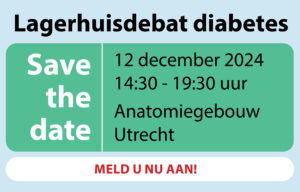On the basis of urinary steroidal gas chromatography-mass spectrometry (GC-MS), we previously defined a novel concept of a disease-specific "steroid metabolomic signature" and reclassified childhood obesity into five groups with distinctive signatures. The objective of the current study was to delineate the steroidal signature of insulin resistance (IR) in obese children.
Urinary samples of 87 children (44 girls) aged 8.5–17.9 years with obesity (BMI >97th percentile) were quantified for 31 steroid metabolites by GC-MS. Defined as HOMA-IR >95th percentile and fasting glucose-to-insulin ratio >0.3, IR was diagnosed in 20 (of 87 [23%]) of the examined patients. The steroidal fingerprints of subjects with IR were compared with those of obese children without IR (non-IR). The steroidal signature of IR was created from the product of IR – non-IR for each of the 31 steroids.
IR and non-IR groups of children had comparable mean age (13.7 ± 1.9 and 14.6 ± 2.4 years, respectively) and z score BMI (2.7 ± 0.5 and 2.7 ± 0.5, respectively). The steroidal signature of IR was characterized by high adrenal androgens, glucocorticoids, and mineralocorticoid metabolites; higher 5α-reductase (An/Et) (P = 0.007) and 21-hydroxylase [(THE + THF + αTHF)/PT] activity (P = 0.006); and lower 11βHSD1 [(THF + αTHF)/THE] activity (P = 0.012).
The steroidal metabolomic signature of IR in obese children is characterized by enhanced secretion of steroids from all three adrenal pathways. As only the fasciculata and reticularis are stimulated by ACTH, these findings suggest that IR directly affects the adrenals. We suggest a vicious cycle model, whereby glucocorticoids induce IR, which could further stimulate steroidogenesis, even directly. We do not know whether obese children with IR and the new signature may benefit from amelioration of their hyperadrenalism.


